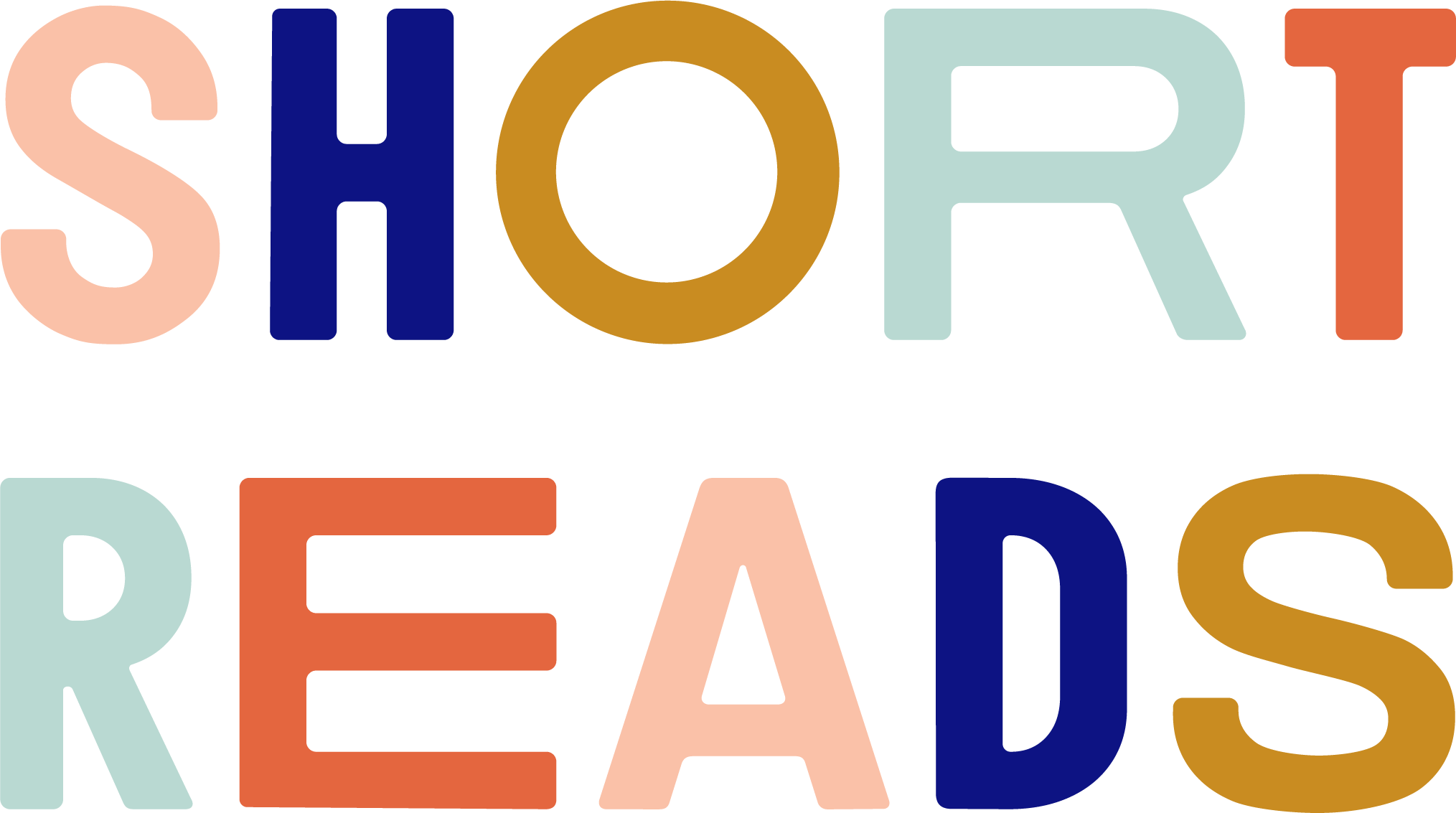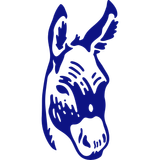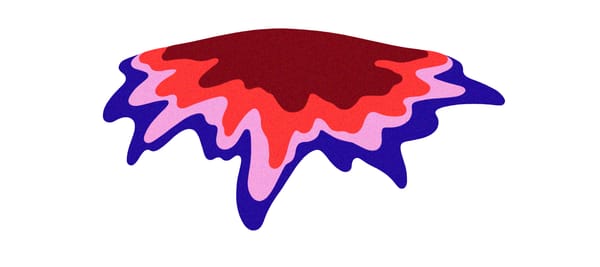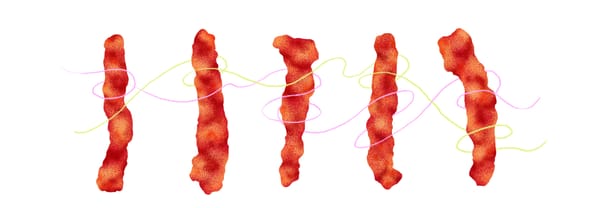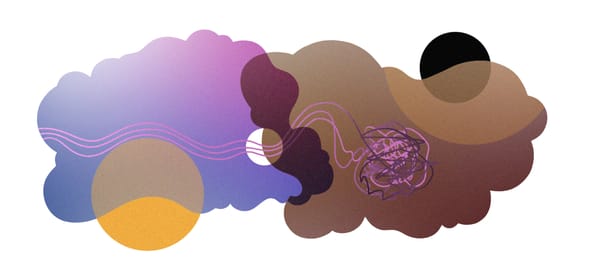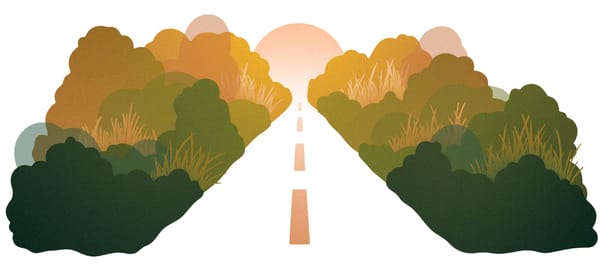Birds I’ve Known
by Yelizaveta Renfro | Parakeets, owls, and rooks. Oh my.

I remember the birds in the painting my mother made me stare at and analyze. It was a reproduction, a scene of spindly trees and snow and birds. Grachi, they’re called in Russian.
~~~
Then there were the pet parakeets I got when I was eight. The first one, green and yellow, I named Ptichka—Russian for bird. It made me believe the bird was Russian—or partially so—just as my Russian name made me at least nominally Russian. So when the birdcage fell from its hook in the living room ceiling and smashed open on the floor during one of our earthquakes, it seemed fitting that Ptichka flew up to the top of a tall bookcase in the corner, filled with the Russian classics my mother had hauled with her to California when she and I left Russia five years before. Ptichka just perched there, sitting atop Tolstoy and Dostoevsky, waiting for rescue. Or for whatever came next.
~~~
I could not glean much from the painting, which, my mother told me in Russian, depicts the return of the grachi. She asked me pointed questions—what time of year is it? Winter, I guessed. No, grachi would not be returning in winter. But there is snow on the ground, I weakly objected. That is not fresh snow, my mother scolded. That is melting snow. I shrugged. I knew snow only from books. Russia might as well be Mars. We had no great spring thaw. Our Mediterranean climate meant seasons were nearly indistinguishable, one casually shrugging into the next—windbreaker on, windbreaker off. Some people—like one of my uncles—wore shorts year-round. There were always birds around, as far as I could tell. They came and went whenever they felt like it, perching on palm trees and orange trees and jacarandas.
~~~
In what I considered my greatest childhood work of art—the one picture I felt captured my soaring vision as an artist—a periwinkle bird sits high on a branch overlooking a vast landscape dotted with the even dark nubs of orange trees, stretching as far as the eye can see, with purple mountains rising in the distance.
~~~
My second parakeet, which was blue, I named Blue. In English. In Russian, there are two words for blue—goluboi and sinii, light blue and dark blue. That is, what we call blue is two separate colors. There is no single Russian word that encompasses all of English blue. Wanting my bird to have more options, I gave it the English word.
~~~
My mother has always called herself sova—an owl—because she stays up all night. She doesn’t sleep. That’s how she knows so much: she reads thousands of books while the weak sleep.
~~~
Once, my American uncles rescued an injured crow and put it in a cage in the yard. I sat right next to it for the week or two of its rehabilitation, stared into its coal black glint of an eye. What did it know? What did it think of me? There’s a photo somewhere of me with that bird.
~~~
In Russia, my aunt kept birds, too—canaries who sang. Until the cat ate them. Or they flew out the fortochka. Or both. I will need to corroborate these stories. My aunt is dead now, but my mother will remember.
~~~
I no longer tolerate pet birds—their squawking and pooping, the halo of seed shells around their cages.
~~~
Wild birds are another matter. In Denali, I watched golden eagles for hours on end. And don’t get me started on loons.
~~~
I once tried to study red-winged blackbirds in a wetland near my house in Connecticut, but the only stories I could tell about them were really stories about me.
~~~
I’ve never known a bird for itself. Only for how I want it to be.
~~~
Grachi, I later learned, are rooks. But I’m not really sure what rooks are.
~~~
In English, the painting is called The Rooks Have Returned. It was painted in 1871 by Russian artist Alexei Savrasov. Looking at it now, forty years later, I remember my mother’s disappointment in my inability to have thoughts about paintings and to express those thoughts in Russian. My Russian sometimes came out as guttural caws, while my English could be as intricate as the most complex vocalization of a songbird. But it must mean something that I am able, now, to describe the painting well enough to find it online. Wikipedia identifies the painting as the “high point” of Savrasov’s artistic career and gives the kind of analysis my mother probably wanted me to give (but in Russian): “Using a common, even trivial, episode of birds returning home, and an extremely simple landscape, Savrasov emotionally showed the transition of nature from winter to spring.” He painted in a “lyrical landscape” style later called “mood landscape,” which sounds exactly like what I’m trying to do much of the time, except in words.
~~~
I recently started reading a book about the evolution of birds. I learned that Archaeopteryx, one of the earliest genera, is both bird and dinosaur. And dinosaurs may have had feathers. The categories of the world grow ever more unstable. I plan to finish that book someday, but I’m taking a break.
~~~
My American grandfather had a parrot that sat on his shoulder, his constant companion. He loved that bird more than he did most people. Or at least he loved it with a less complicated kind of love. For a while, he got its wings clipped, but then the bird seemed to forget that it could fly, so he didn’t bother to keep clipping its wings. You know how this story ends. One day, when they were out in the yard, the bird took flight, and he never saw it again.
~~~
Birds are like that.
Yelizaveta P. Renfro is the author of a collection of essays, Xylotheque (University of New Mexico Press), and a collection of short stories, A Catalogue of Everything in the World (Black Lawrence Press). Her work has appeared in North American Review, Creative Nonfiction, Orion, Terrain, Colorado Review, Alaska Quarterly Review, South Dakota Review, Blue Mesa Review, Fourth River, Glimmer Train, Witness, Reader’s Digest, and elsewhere.
This essay is a Short Reads original.
🥳 CELEBRATE WITH US! Short Reads is turning one and to celebrate we’re hosting an anniversary reading in Pittsburgh at White Whale Bookstore on March 8th. A live stream will also be available.
Want more like this? Subscribe to Short Reads and get one fresh flash essay—for free—in your inbox every Wednesday.
